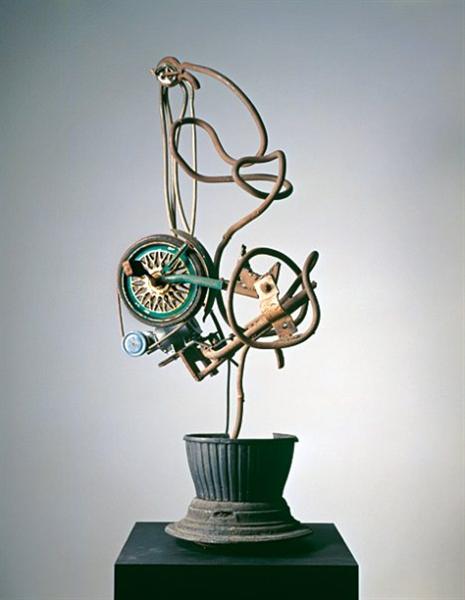Title of Artwork: “Ascent of the Blessed”

Artwork by Hieronymus Bosch
Year Created 1505-1515
Summary of Ascent of the Blessed
In the period between 1505 and 1515, Hieronymus Bosch painted the painting titled Ascent of the Blessed. It can be found in Venice, Italy, at the Gallerie dell’Accademia.
One of four panels in the Visions of the Afterlife series. The other three are Terrestrial Paradise, Hell, and the Fall of the Damned into Hell.
All About Ascent of the Blessed
The large tunnel at the top of the panel is the painting’s most intriguing feature. From this perspective, it appears as if you’re peering through a straw into the heavens. It could also be described as a “funnel of goodness and light that captures the visionary and ecstatic union with God,” according to Stephen Hitchens.
Those who are blessed will see three figures waiting at the end of the three-dimensional tunnel to welcome them to Heaven’s “white light.” One angel carries a human soul to the pearly gates on the near side of the tunnel. Both figures have white robes with wings, but the viewer can tell them apart because one has a soul and the other is naked. As they pray, both of their hands are clasped together.
There are a number of angels assisting those who are fortunate enough to be on their way to heaven just beneath the tunnel. It appears that some people require more assistance than others from the angels depicted in the lower portion of the panel.
An equal number of angels and souls are found at the top of the panel. Human souls may become lighter in weight as they are pulled away from Earth’s gravity and into the tunnel. In either case, the angels have their hands either on or near the human body, directing it in the right direction. The tunnel can be seen above the heads of the people depicted in the painting.
Because the physical appearance of humans and angels is more idealised and not individualised, all of the characters have similar facial features. Despite the fact that the figures are meant to look like real people, they are not. Angels’ hair is long and wavy, while souls’ hair is short and straight. Both are idealised versions of reality.
It is impossible to tell if a person is male or female by looking at their organs. Symbolism suggests that there are no genders in Heaven, and this could be an indication of that. All human souls are no longer differentiated by their sexual organs, and everyone is the same. The angels’ wings and robes come in a variety of colours, including subtle reds, blues, and greens.
The painting as a whole is very dark, contrasting with the bright white light at the end of the tunnel. There’s a bright light at the end of the tunnel, but it’s not the light that illuminates the painting’s bottom. There is no light coming from below, as evidenced by the complete darkness surrounding the tunnel.
Outside the tunnel, the landscape is dingy and eerie. There is a sudden eruption of light when the light reaches the tunnel’s ceiling, which makes it appear darker as it rises. People who have had near-death experiences have reported that this painting of a funnel resembles their own. As depicted in many Renaissance miniatures, the entrance to paradise was depicted as a funnel.
The shape of the radiant funnel resembles modern zodiac diagrams, but Bosch transforms it into a shining corridor through which the blessed approach God.
Information Citations
En.wikipedia.org, https://en.wikipedia.org/.























